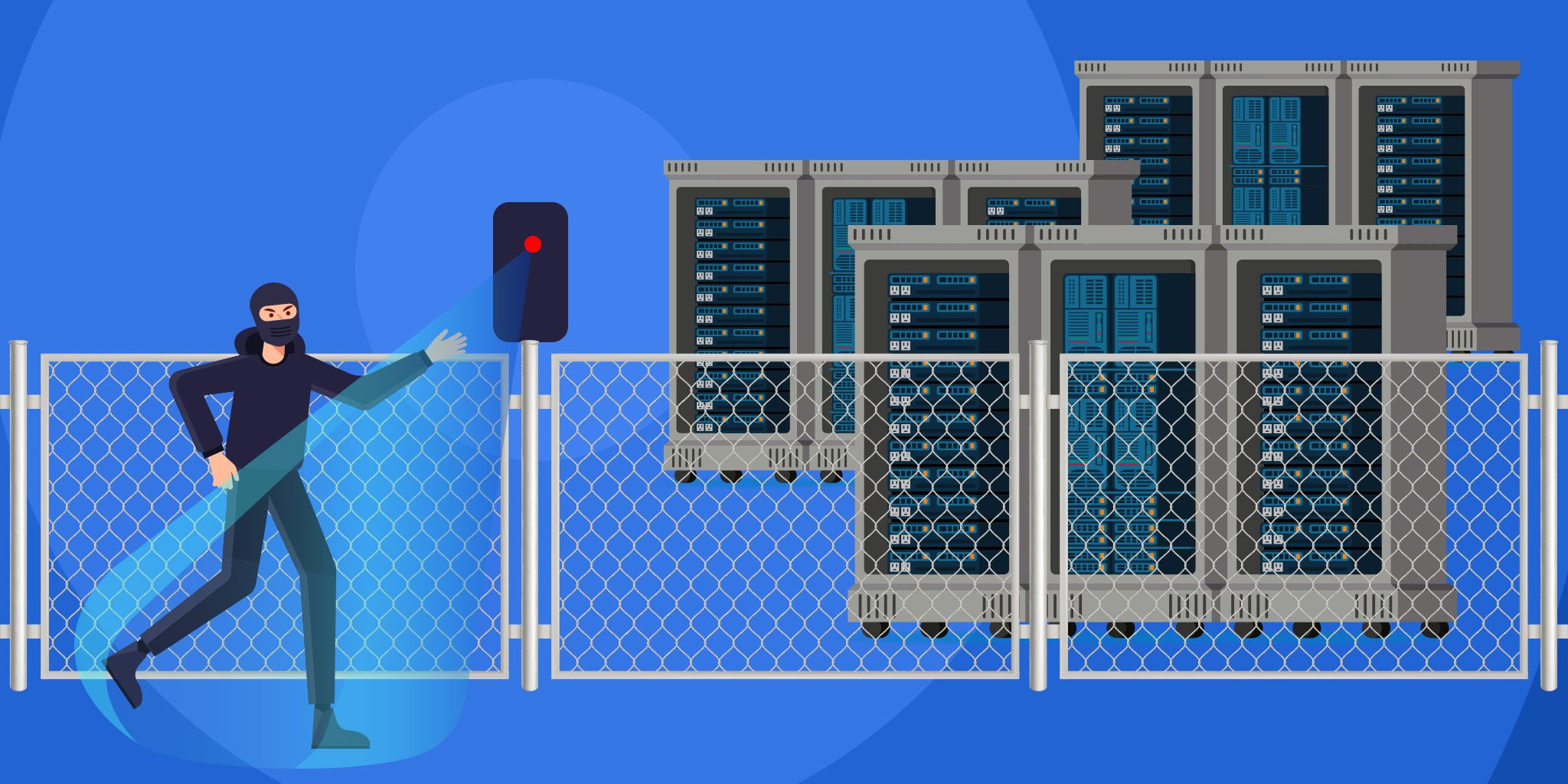The Connected Classroom: How IoT Helps Schools with Education and Security
The Connected Classroom: How IoT Helps Schools with Education and Security
- Last Updated: December 2, 2024
Guest Writer
- Last Updated: December 2, 2024



As technology continues to integrate itself into daily life, connecting all of it through the Internet of Things (IoT) will aid various industries. One sector that can be helped in a large way is education. Smart Schools will bring together students and educators through connected devices that can lead to more meaningful interactions and can also improve or expand lesson plans. Students can take the skills and insights they learn from early exposure to IoT and use them in future challenges.
While IoT introduces new ways of teaching students, it also provides security benefits for schools. From locking doors to authorizing access to rooms, IoT can help increase safety within school buildings. Overall, educators and administrators will see a shift in teaching and security methods within school districts, thanks to IoT.
Smart Schools - In the Classroom
Today’s teachers have an assortment of technology tools at their disposal. From SMART Boards to tablets, learning applications to digital textbooks, educators have access to many different ways of teaching their students. However, IoT connects all of these tools in order to aid with tracking how well students are doing and developing different sources of teaching methods.
There are multiple benefits for students when using IoT connected devices including:
- Connect students to peer knowledge, internet information and text-based learning materials. Although classrooms already have access to this information, teachers can share their screens with students to ensure everyone is on the right page or resource. Rather than going to the library or a computer lab, students can use their tablets to locate resources right at their desks.
- Reduce the chances of a student misplacing information or assignments. Instead of submitting paper assignments, students can submit their work via an app or email to their teachers. Educators can use these places like storage areas for homework and assignments to prevent students from not receiving or losing them.
- Provide opportunities to make lessons mobile to different locations. Tablets are much easier to carry around then textbooks or papers. This feature allows teachers to be flexible when it comes to the location of their classroom, whether it be outside, at a museum or even an art gallery.
- Create remote learning opportunities. If students are prevented from attending school due to disability or weather problems, their teachers can still connect with them. As mentioned above, teachers can share their screens or can video conference with their students, no matter their location.
By connecting all the tools a teacher uses to educate their students, IoT helps to bring teachers and students together. Whether it’s video conferencing with a museum or tracking a student’s progress through an assignment, IoT provides new ways to teach children.
IoT devices can play a major role in classroom education and security. Students and teachers can benefit from connected devices, and schools can improve their security measures with it.
The Security of Buildings
Safety is an ongoing concern within schools. However, IoT and its connected devices can help administrators and staff maintain the security of their students.
Through applications and sensor wristbands, teachers can take student attendance. When students sign into a learning app or scan their wristband at the door, a notification can be generated to notify the teacher or attendance recorder which students are present and which are not. Smart Schools can also program a notification to be sent to parents if a student misses consecutive days of class.
The students’ wristbands used to take attendance can act as an access pass to the school as well. Aside from tracking where a child is located, these wristbands are a way to prevent unauthorized people or intruders from entering the building. Instead, staff and students would be allowed into the building with their sensor tags.
In addition to using wristbands, schools can connect wireless locks via IoT. Administrators can engage these locks within seconds during an emergency situation. Some locks even have video options that register and recognize people who are allowed into the building.
IoT is bringing new opportunities for schools. From aiding teachers to securing buildings, devices connected together are improving and enhancing the classroom experience. As more schools embrace IoT, students will reap the learning benefits.
Written by Amanda Peterson, Contributor at Enlightened Digital
The Most Comprehensive IoT Newsletter for Enterprises
Showcasing the highest-quality content, resources, news, and insights from the world of the Internet of Things. Subscribe to remain informed and up-to-date.
New Podcast Episode

Moving Past the Pilot Phase in IoT and AI
Related Articles





